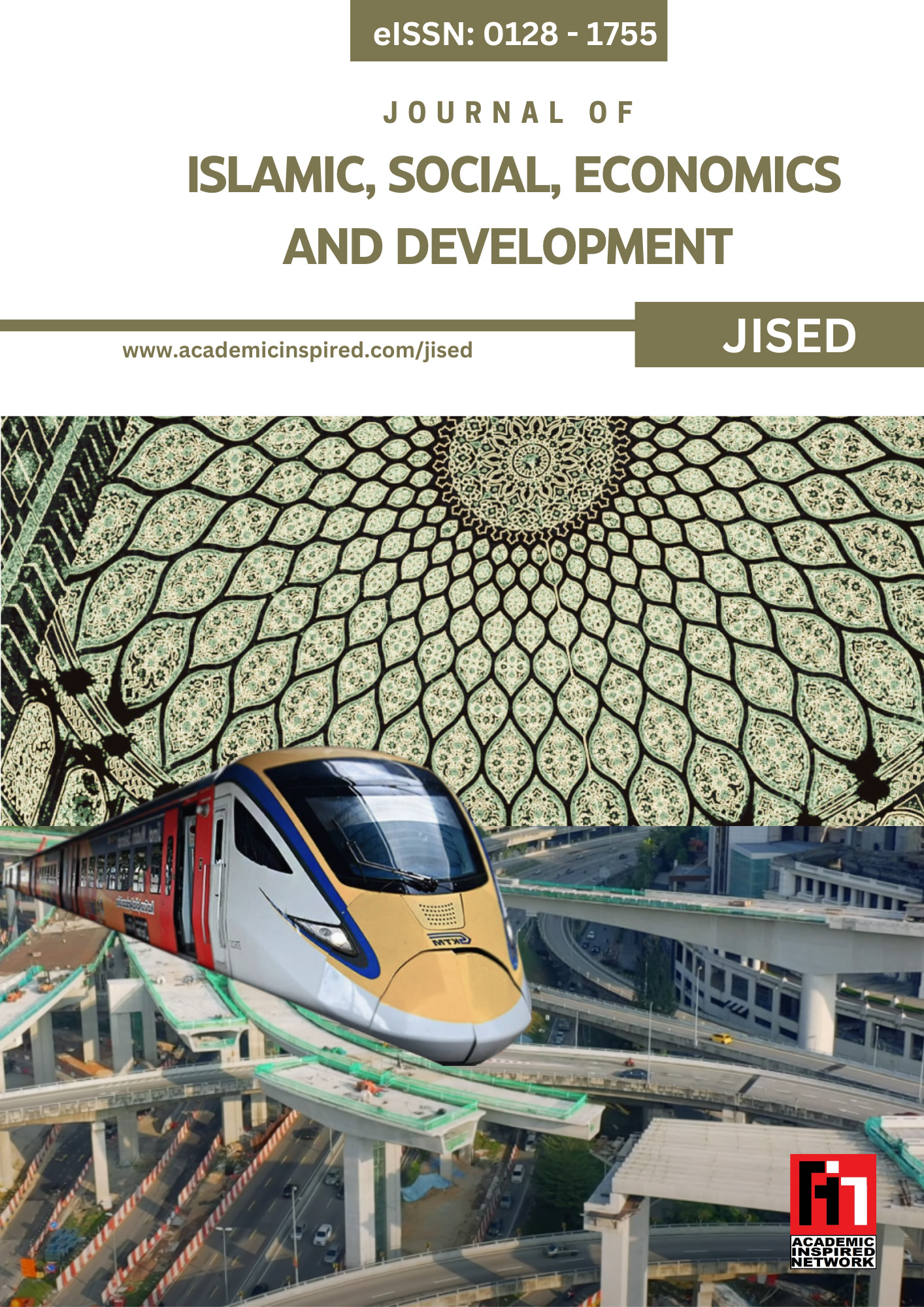A critical review of the zakat distribution model in Islamic countries
Keywords:
Critical review, Distribution model, Islamic economy, Zakat managementAbstract
Zakat is an important instrument in the Islamic economy, and it acts as a mechanism for redistributing wealth and reducing poverty. However, the implementation and distribution of zakat in many Islamic countries still face a lot of challenges, including system inefficiency, weak governance, and persistent and continuous poverty. This study aims to examine various zakat distribution models that are practiced in Islamic countries, identify the strengths and weaknesses of existing models, and propose a more effective and sustainable approach. This study uses a qualitative research design with an article review approach, where content analysis methods are used to systematically analyze the contents of selected research. The analysis process was conducted thematically to identify the main terms related to the zakat distribution models. Data resources were obtained from databases such as Scopus, Web of Science, Google Scholar, and journals related to the Islamic economy. The article selection criteria were determined based on the year of publication, the country of study, and the methodologies used. The findings indicate that no single zakat distribution model is flawless. Instead, a blended approach that integrates consumptive, productive, community-based and centralized models proves more effective in ensuring fairness, transparency, and sustainablility in zakat management. Thus, the study suggests the use of a fuzzy approach to determine the aid rates based on the relative needs of the asnaf more flexibly and dynamically. This approach is believed to be able to increase the fairness in zakat distribution while also strengthening the role of zakat as an effective way to reduce poverty. It is hoped that this study can contribute to the strengthening of Islamic economic policies and provide guidance to policymakers and zakat institutions in Islamic countries.













